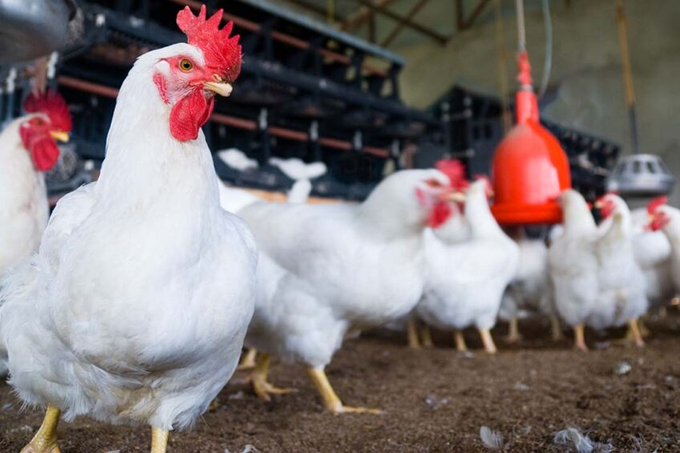June 21, 2025 | 01:03 GMT +7
June 21, 2025 | 01:03 GMT +7
Hotline: 0913.378.918
June 21, 2025 | 01:03 GMT +7
Hotline: 0913.378.918

Lead author Dr Steven Fiddaman at the University of Oxford: “Our findings not only unravel the evolutionary history of Marek’s Disease Virus but also provide a foundation for enhancing our current understanding of pathogen virulence.". Photo: Canva.
Using ancient DNA, experts from The Pirbright Institute have worked with a team of scientists led by Oxford and LMU Munich to trace the evolution of Marek’s Disease virus.
Published in the journal Science, the research led by archaeologists and biologists shows how viruses evolve to become more virulent, which could lead to the development of better ways to treat viral infections.
The team recovered and reconstructed ancient MDV sequences from archaeological chicken materials covering the last 1,000 years. By comparing viral genomes derived from both modern and ancient birds, they could pinpoint the genetic alterations responsible for the increased virulence of the modern viruses.
Based on the ancient genetic sequences, they were also able to resurrect biological processes using cellular assays, demonstrating that ancient strains were much milder than their modern counterparts.
The new study is based on DNA isolate from chicken bones that were excavated from 140 archaeological sites in Europe and the Far East. These ancient genomes revealed that MDV was widespread in European chickens for at least 1,000 years, well before the disease was first described in 1907. This highlights the importance of preserving such remains, given their power to reveal valuable insights into the evolution of the virus.
Lead author Dr Steven Fiddaman of the Department of Biology at the University of Oxford, said: “Our findings not only unravel the evolutionary history of Marek’s Disease Virus but also provide a foundation for enhancing our current understanding of pathogen virulence. By combining ancient DNA techniques with modern genomics, we’ve opened a window into the past that can guide future strategies in managing viral diseases.”
The Pirbright Institute has spent more than half a century researching the virus and is the World Organisation for Animal Health Reference Laboratory for the disease. Professor Venugopal Nair, scientist emeritus, said: “Findings from this paper on the origins of virulence, particularly associated with the genetic sequences of the MEQ gene in the ancient Marek’s disease viruses, will provide great scientific opportunities to explore the molecular mechanisms of increasing virulence of this virus that coincided with the intensification of poultry farming from the 1960s.”
Professor Naomi Sykes, University of Exeter lead archaeologist, added: “This study underscores the profound significance of biological material preserved in archaeological and museum collections since we cannot foresee how their investigation might possess transformative applications in the future.”
Pirbright is researching several aspects of the disease including determining how it induces tumours, the reason behind its steadily increasing virulence and the molecular and cellular mechanisms of the immune responses against MD infections as scientists search for more effective vaccine formulations and strategies.
(PW)

(VAN) Poultry production in Poland, which has only started recovering from devastating bird flu outbreaks earlier this year, has been hit by a series of outbreaks of Newcastle disease, with the veterinary situation deteriorating rapidly.

(VAN) Extensive licensing requirements raise concerns about intellectual property theft.

(VAN) As of Friday, a salmonella outbreak linked to a California egg producer had sickened at least 79 people. Of the infected people, 21 hospitalizations were reported, U.S. health officials said.

(VAN) With the war ongoing, many Ukrainian farmers and rural farming families face limited access to their land due to mines and lack the financial resources to purchase needed agricultural inputs.

(VAN) Vikas Rambal has quietly built a $5 billion business empire in manufacturing, property and solar, and catapulted onto the Rich List.

(VAN) Available cropland now at less than five percent, according to latest geospatial assessment from FAO and UNOSAT.

(VAN) Alt Carbon has raised $12 million in a seed round as it plans to scale its carbon dioxide removal work in the South Asian nation.